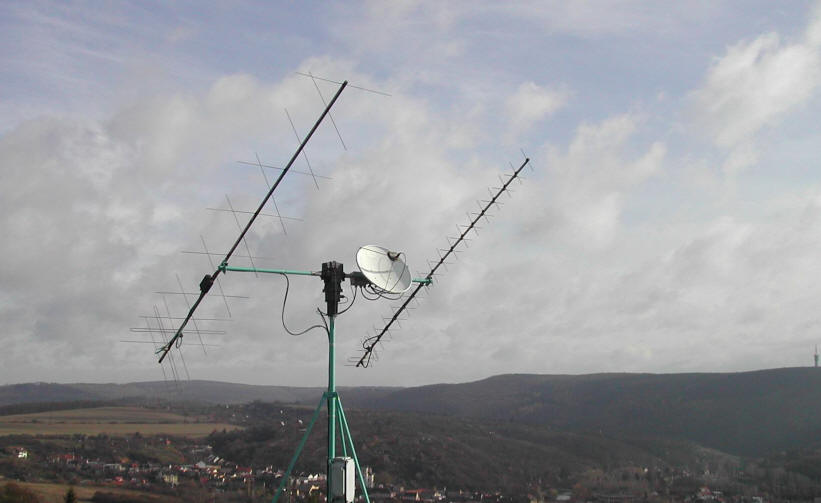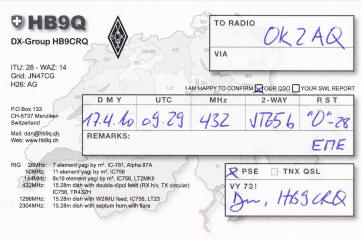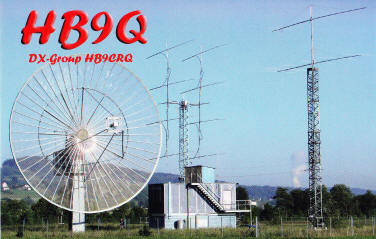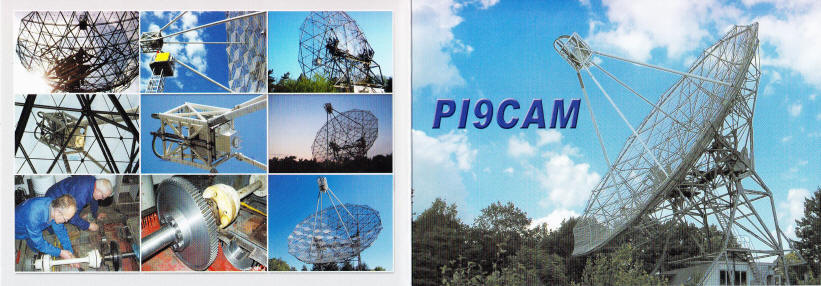|
EME OK2AQ |
432 MHz |
|
| JN89hf | ||
| LOG Equipment Documents Pictures QSL | ||
| SkyScanner | ||
|
Carsten's OZ9AAR excellent "SkyScanner" program allowed me to measure
noise map of the sky in my QTH. Unfortunately, in an urban environment
with one long Yagi antenna, I measure more or less "man made noise"
instead of natural background noise. January 10, 2025; 13:00 UTC; 432.088 MHz Horizontal polarization; Step 10 deg in both Az and El. |
||
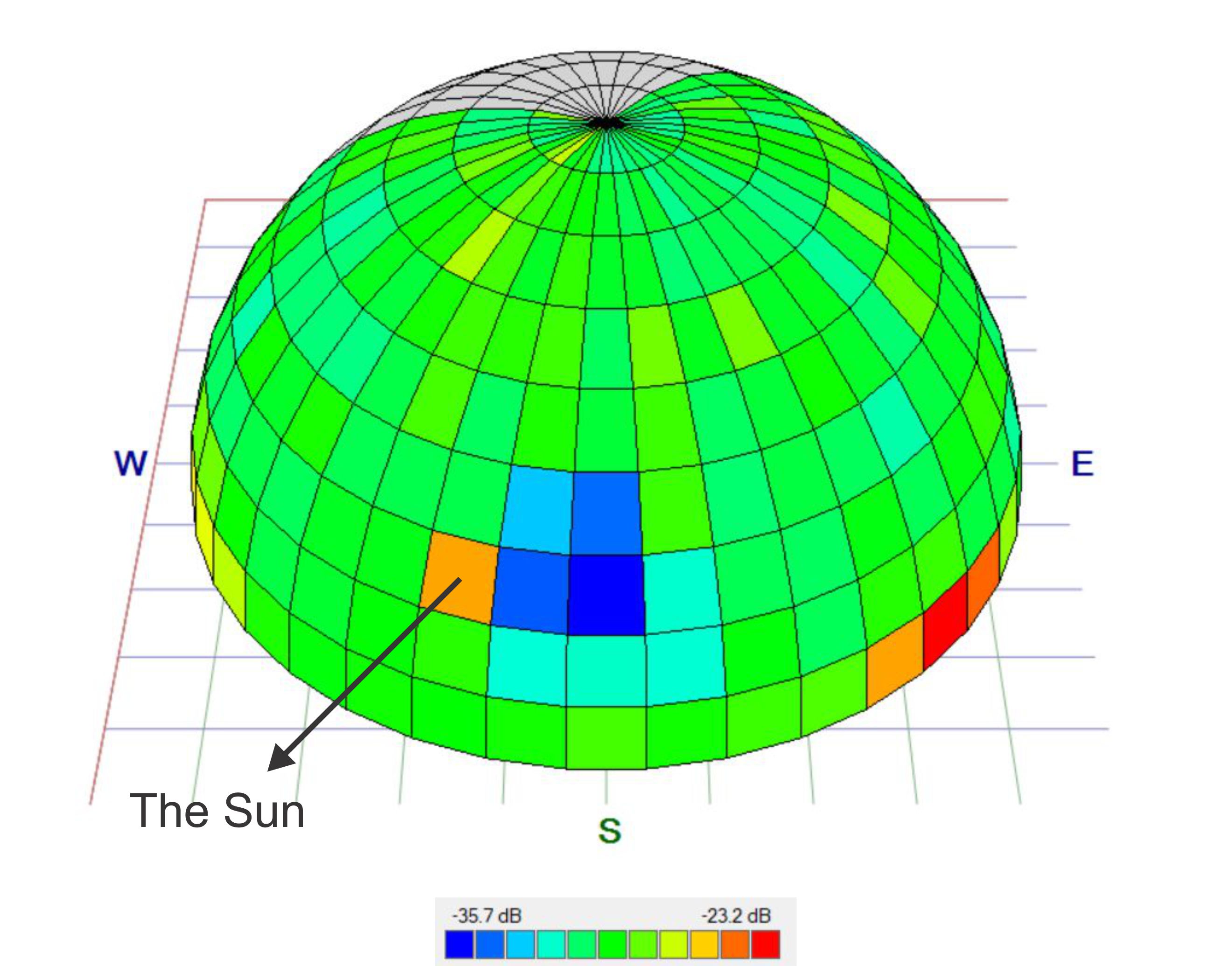 |
||
| 2024 Activity | ||
| In 2024 I made only 31 QSOs on 432 MHz with two initials OE3JPC and S51ZO. The interference level is getting worse. In several cases it turned out that without the ability to switch polarization in the H and V planes, the contact would not have taken place. | ||
|
II. WE of ARRL Contest on lower bands November 25 and 26, 2023 |
||
|
Second WE of ARRL contest on the lower bands were marked by high solar
activity. This time I stroked the moon on 70 cm from the warmth of the
permanent QTH. I made 10 QSOs Q65, including three initials W7JW, K5QE
and OH2DG. The increased number of sunspots and frequent CMEs (Coronal
Mass Ejection, when billions of tons of material are hurled into space
at 3000 km/s) caused a strong geomagnetic storm accompanied by an
Aurora. The Faraday rotation was constantly changing and was often
non-reciprocal, i.e. it was necessary to transmit with one polarization
and receive with another. Anyway, it was very interesting to observe
these effects. |
||
|
European EME Contest organized by DUBUS February 25 and 26, 2023 |
||
|
The European CW EME contest organized by DUBUS magazine on 70 cm last
weekend brought a significantly increased activity not only of CW, but
also of digi stations. It is understandable, because more and more
stations with tropo equipment (even quite modest ones) are trying their
first EME QSO with "big guns" stations, which in turn are collecting an
incredible number of initials. Conditions were average with around 2dB
degradation. With one long (8 WL XY) Yagi antenna in an urban
environment, I tried listening to CW stations, but it was miserable. In
contrast, the Q65 ran quite decently and I enjoyed the comforts of home
while doing so. It turned out again that the possibility to work with
both polarizations is a big advantage on 70 cm. I made 14 QSOs with
three new initials log. 300 W power
and 0.5 dB LNA. |
||
| New Antenna M2 8WL switchable h/v: (2015) | ||
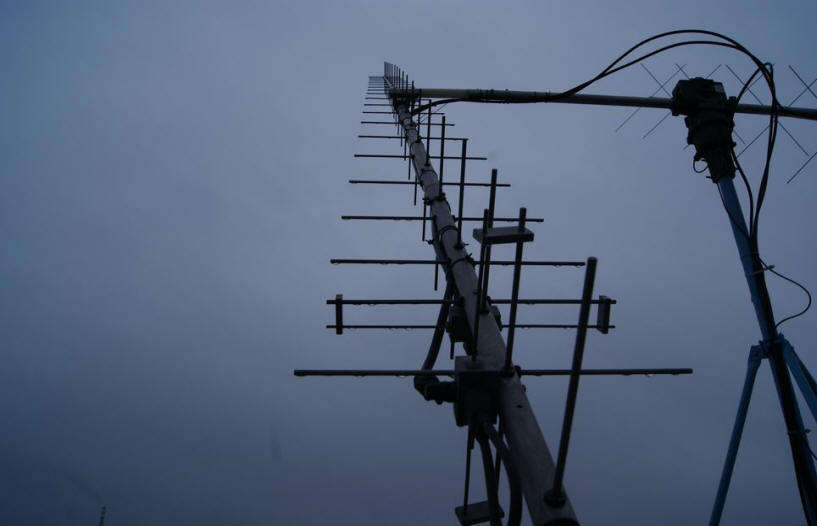 |
||
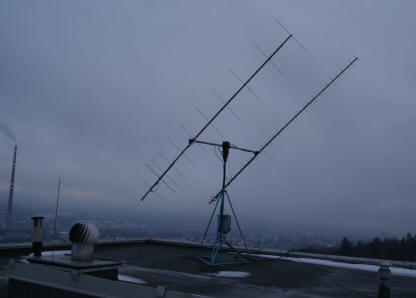 |
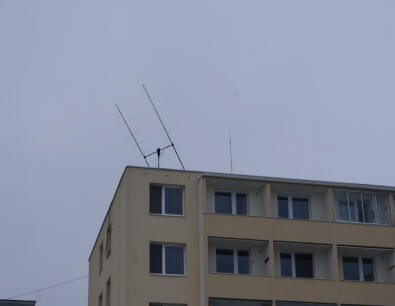 |
|
|
FIRST EME Contacts: Antennas at home in JN89HF about 300 m a.s.l. designed for satellite communication.
Only vertical 19 el. Yagi was used for first attempt of EME qso on 70 cm in April 2010. |
||
|
|
||
|
|
||
|
The QSL card HB9Q confirming QSO described above
|
||
|
Indeed, the equipment of HB9Q is
excellent:
-
15.28m dish, f/d: 0.53, double cross-dipole
|
||
|
Next day another big gun succeeded fully random:
|
||
 |
||
|
And chat following QSO: 18 17:07:16 OK2AQMirek PI9CAM your best -18, TNX and best 73s 18 17:04:38 PI9CAMTeam CAM OK2AQ Yr best -25. mny tnx fer fine qso, best 73' 18 17:04:27 OK2AQMirek PI9CAM thanks for qso. I have 19Y and 50 W. |
||
